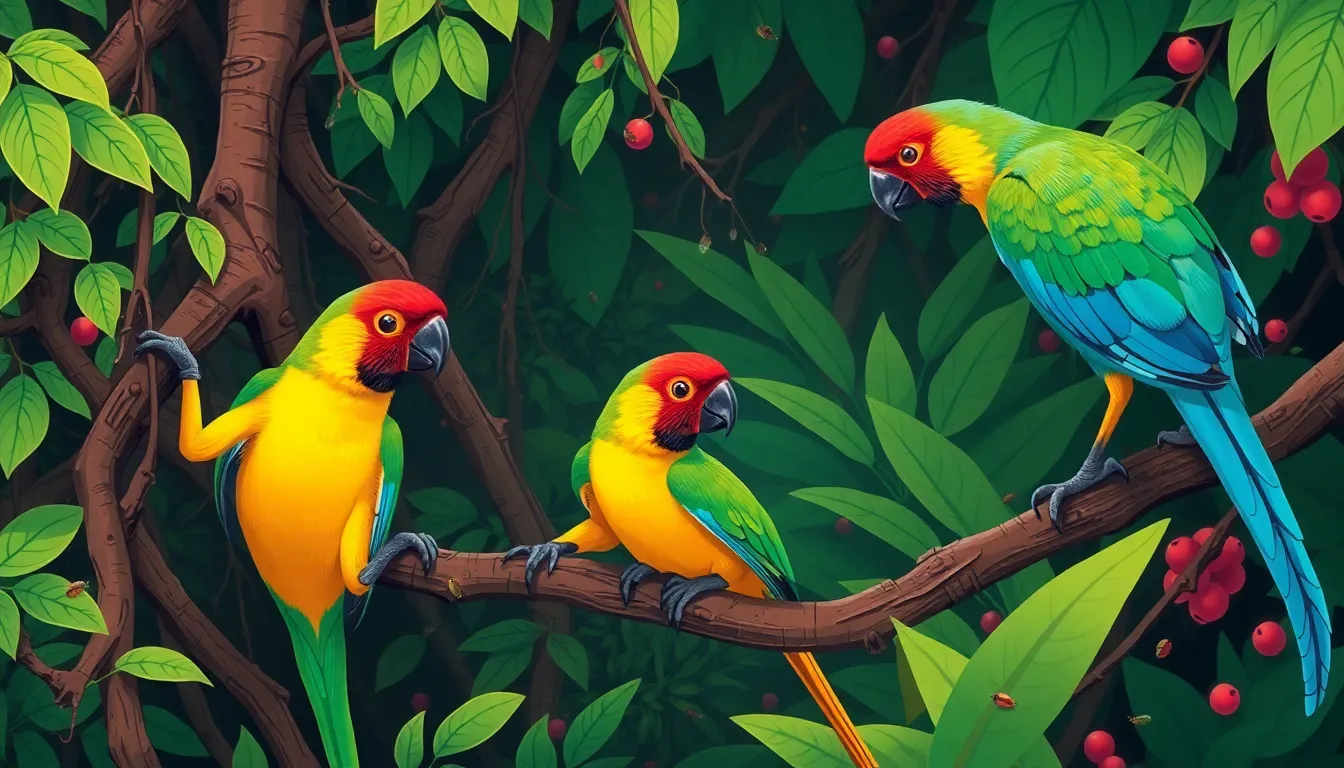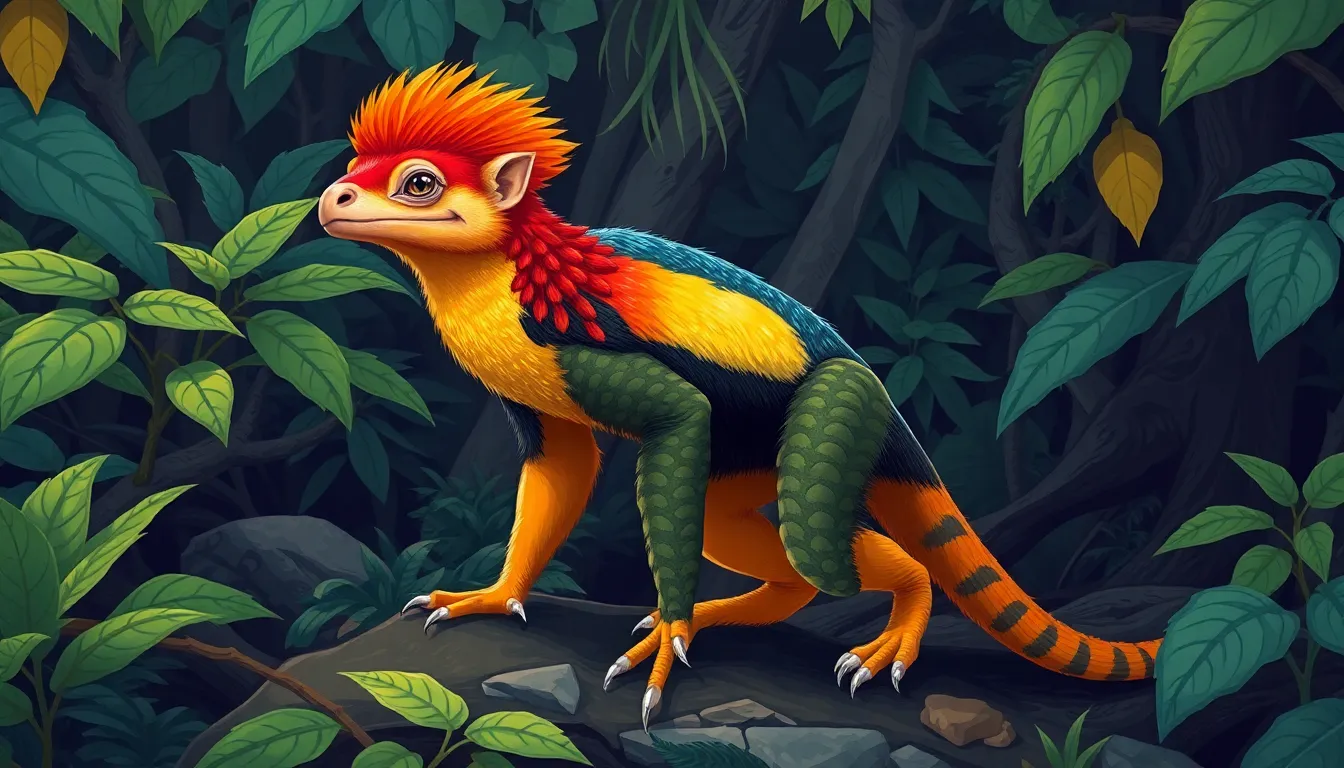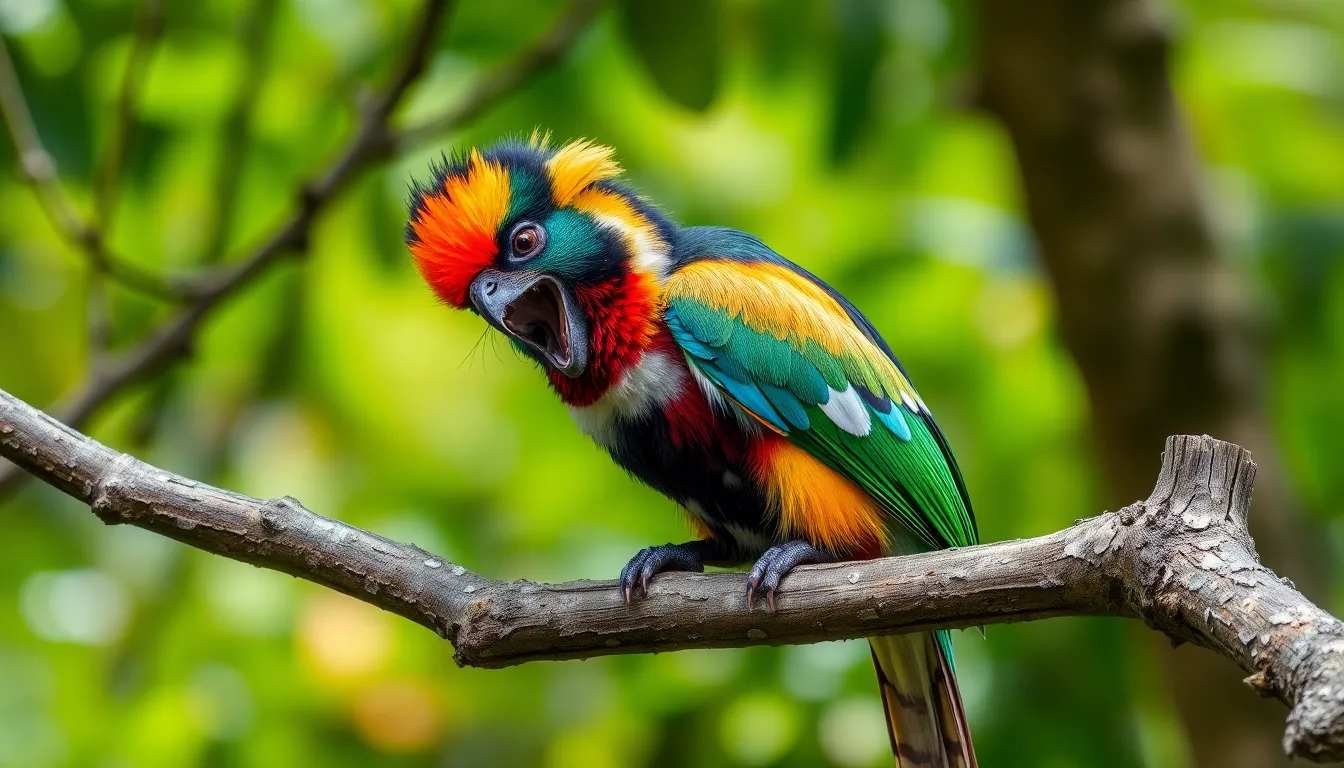Table of Contents
ToggleTseacoets might sound like the latest dance craze or a trendy snack, but they’re actually a fascinating part of the natural world. Imagine a creature that’s both quirky and captivating—one that could easily win a popularity contest among wildlife enthusiasts. These unique beings bring a splash of color and a dash of intrigue to their habitats, making them the talk of the town (or forest, or ocean).
Overview of Tseacoets
Tseacoets are unique creatures that exhibit a blend of fascinating traits. Found in diverse habitats, they thrive in both freshwater and terrestrial environments. These creatures showcase vibrant colors, often making them highly noticeable among their surroundings.
Adaptability defines Tseacoets, allowing them to survive varying climates and ecological conditions. Their diets primarily consist of plant matter, but some species may also consume small insects. Social behavior appears prominent in Tseacoets, as they often engage in group activities, enhancing their overall survival strategies.
Reproduction occurs during specific seasons, with females typically laying eggs in secure locations. After hatching, the young receive little parental care, yet they exhibit strong instincts that aid in their development. Communication plays a vital role in their interaction, utilizing visual signals and sounds to convey essential information.
Research indicates that Tseacoets contribute to their ecosystems by participating in nutrient cycling. Their foraging habits help maintain plant diversity, while their presence serves as a food source for various predators. Conservation efforts focus on protecting their habitats, ensuring these captivating creatures continue to thrive.
Observing Tseacoets in the wild offers unforgettable experiences for nature lovers. Their intriguing behaviors and adaptability make them a subject of interest both for casual observers and dedicated researchers. Interest in Tseacoets fosters discussions about biodiversity and ecological balance, highlighting their importance in the natural world.
Features of Tseacoets


Tseacoets showcase distinctive characteristics that enhance their appeal and survival in various environments. Their unique design and performance traits play significant roles in their adaptation.
Design and Build Quality
Tseacoets feature bright colors that serve as both camouflage and visual signaling among their peers. They possess sturdy yet flexible bodies, allowing efficient movement across diverse terrains. The limbs are well-adapted for climbing and swimming, promoting mobility in both aquatic and terrestrial settings. Additionally, their skin has a texture that helps retain moisture, essential for thriving in fluctuating climates. The overall anatomy supports their social behavior, enabling communication within groups through body language and color displays.
Performance
Tseacoets exhibit impressive adaptability to their surroundings. They excel in foraging for food, primarily plant matter, but also gather small insects when available. Efficient communication enhances group dynamics, where members collaboratively scout for resources. Their reproductive cycles are synchronized with seasonal changes, ensuring optimal offspring survival rates. Research highlights a strong role in nutrient cycling within ecosystems, impacting plant diversity. Overall, Tseacoets perform effectively in their habitats, fostering ecological balance and contributing to the food web.
Benefits of Using Tseacoets
The benefits of Tseacoets extend beyond their captivating appearance. Each creature enhances user experience through engaging social behavior and vibrant interactions. Observers notice their adaptability in diverse environments, making them fascinating subjects in the wild. Their lively nature encourages wildlife enthusiasts to share knowledge, sparking discussions and deepening appreciation for biodiversity.
Value for money also stands out with Tseacoets. These creatures contribute to ecosystem health by participating in nutrient cycling and promoting plant diversity. By supporting local habitats, Tseacoets help maintain ecological balance, which benefits surrounding wildlife populations. Investing in Tseacoet conservation not only preserves unique species but also enhances community engagement in environmental efforts. Their role in the food web underscores the importance of protecting these vibrant creatures for future generations.
Comparisons with Other Products
This section highlights how Tseacoets measure up against other products in their category.
Tseacoets vs Competitors
Tseacoets stand out among competitors due to their unique adaptability. They thrive in diverse environments, including freshwater and terrestrial habitats. Other products may lack this versatility, limiting their ecological scope. Their vibrant colors not only attract attention but also serve practical functions, unlike many competitors that offer fewer visual dynamics. Tseacoets engage in complex social behaviors, enhancing their appeal to wildlife enthusiasts. While other species might focus solely on survival, Tseacoets contribute to nutrient cycling, adding value to their ecosystems. Those seeking vibrant, multifaceted organisms will find Tseacoets unmatched in versatility and ecological significance.
Unique Selling Points
Tseacoets feature several unique selling points that differentiate them from similar organisms. Their striking appearance captures interest while fulfilling essential ecological roles. Adaptability allows them to survive in various climates, ensuring resilience. The strong social structures seen among Tseacoets promote community dynamics, an aspect often overlooked in other species. Their reproductive cycles align with environmental conditions to maximize offspring survival, showcasing strategic evolution. Furthermore, Tseacoets play a critical role in maintaining plant diversity, providing additional ecological benefits. Together, these attributes make Tseacoets appealing not only for aesthetic enjoyment but also for their contributions to biodiversity and environmental stability.
Conclusion
Tseacoets embody the beauty and complexity of nature’s design. Their vibrant colors and adaptable traits make them essential players in their ecosystems. By fostering discussions about biodiversity and conservation, they inspire wildlife enthusiasts to appreciate and protect the natural world.
As these creatures continue to thrive through community efforts and research, their captivating presence serves as a reminder of the importance of ecological balance. Observing Tseacoets not only enriches the understanding of wildlife but also highlights the interconnectedness of all living beings. Protecting their habitats ensures that future generations can enjoy the wonder and intrigue these remarkable creatures bring to our environments.






